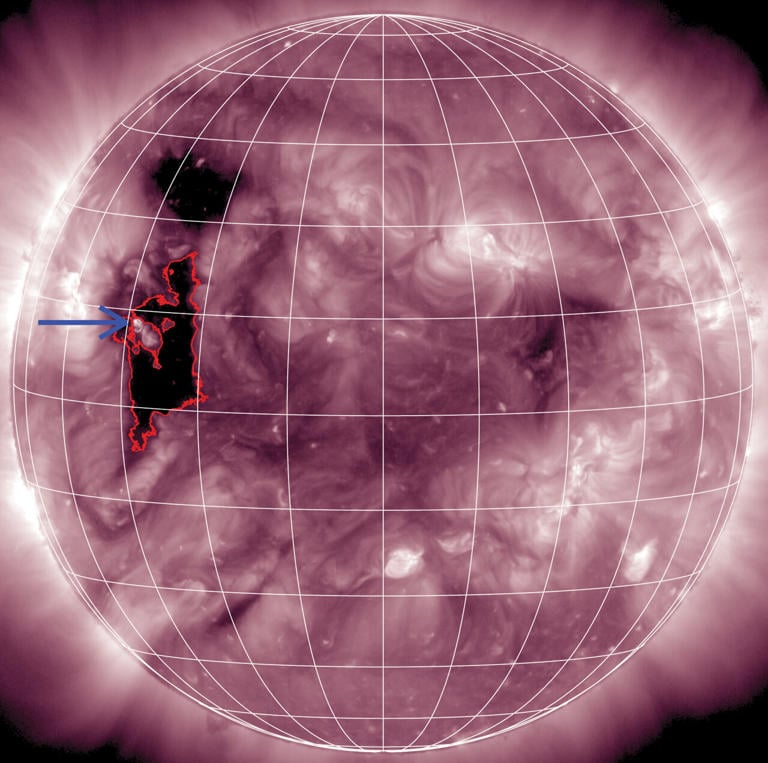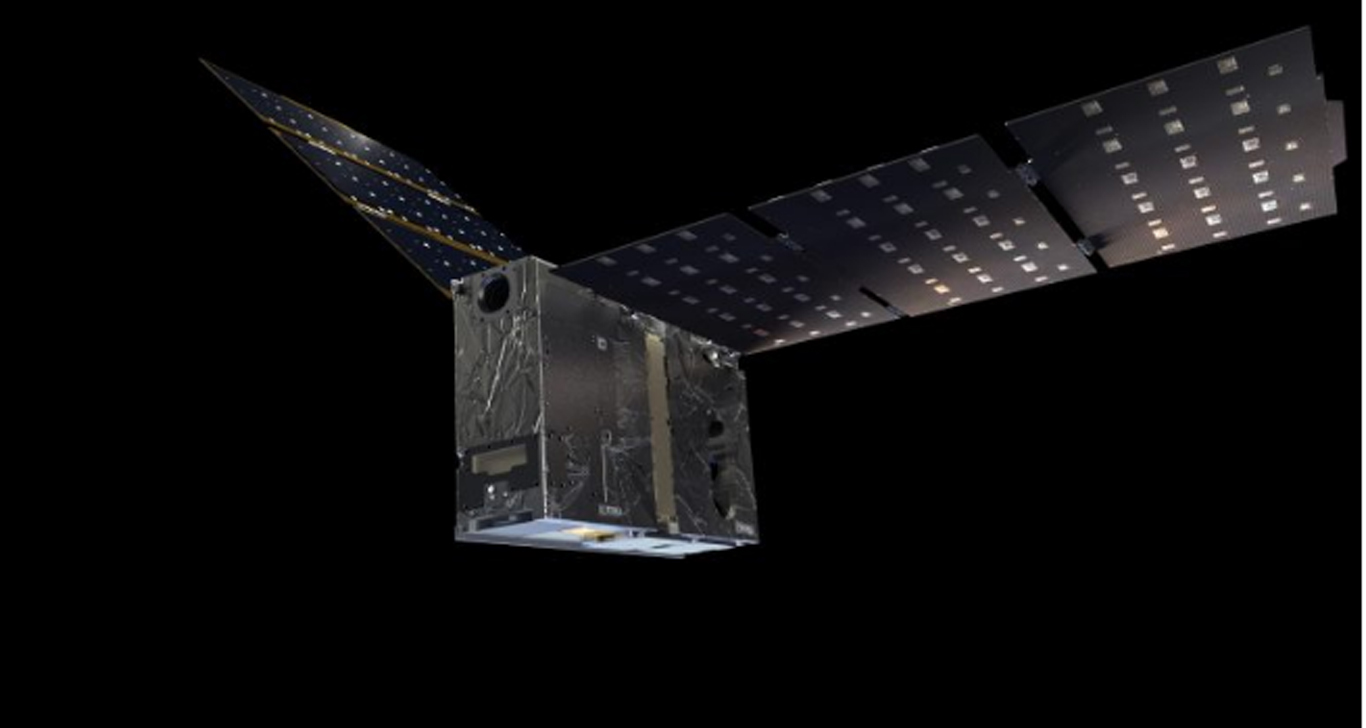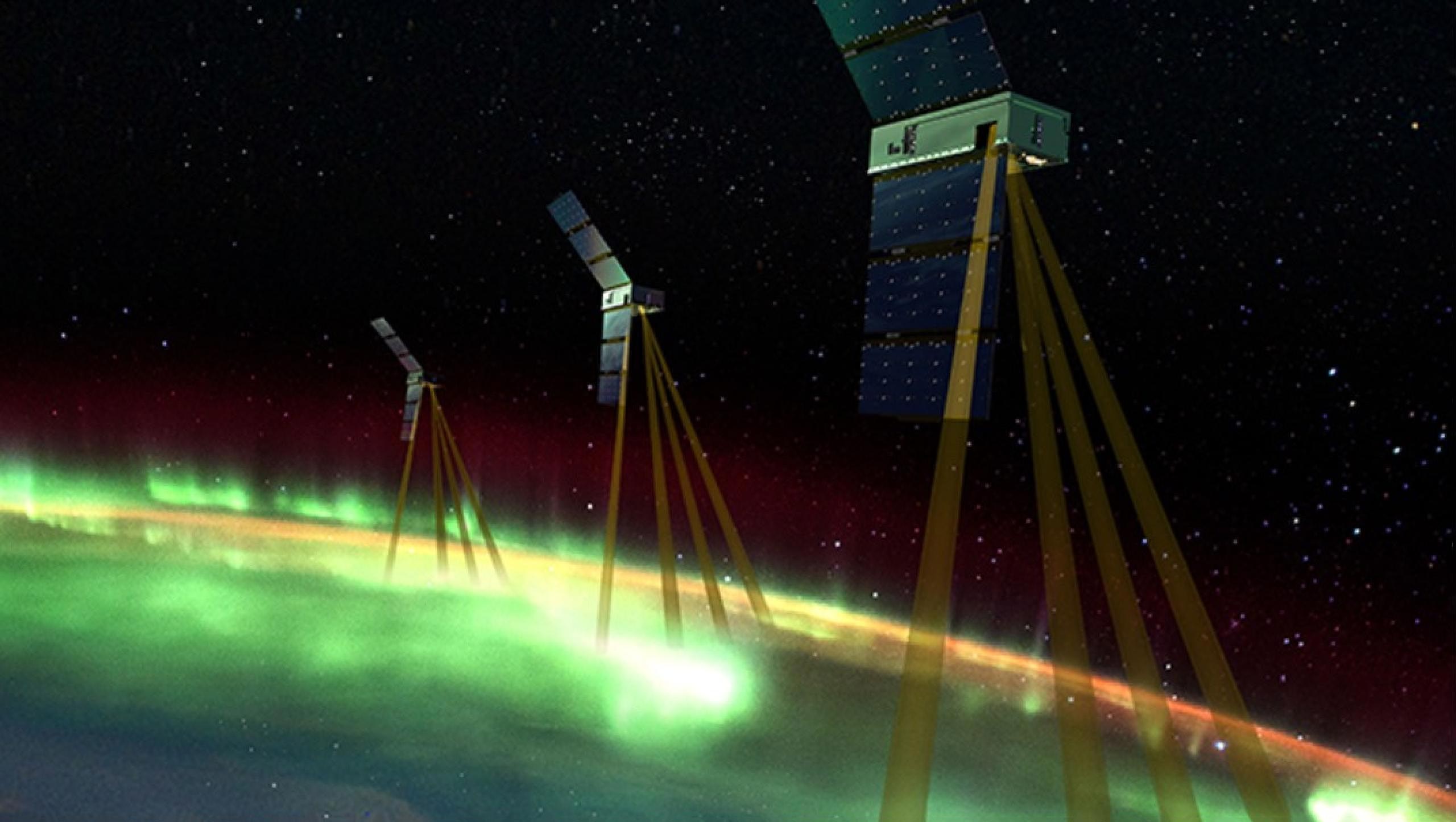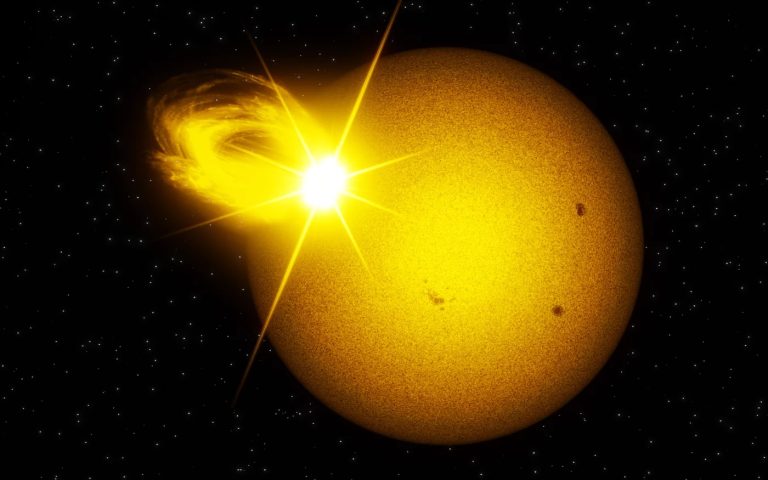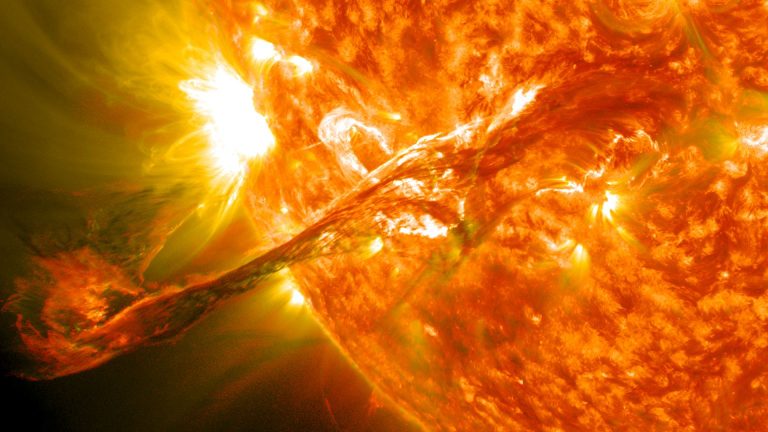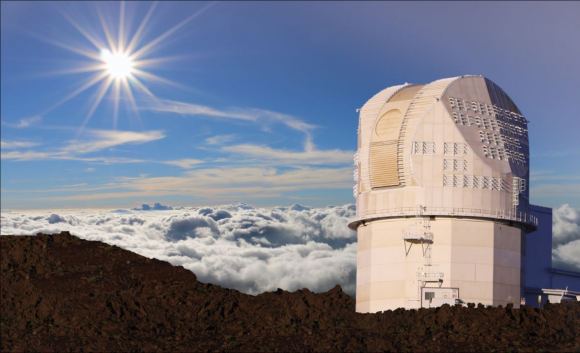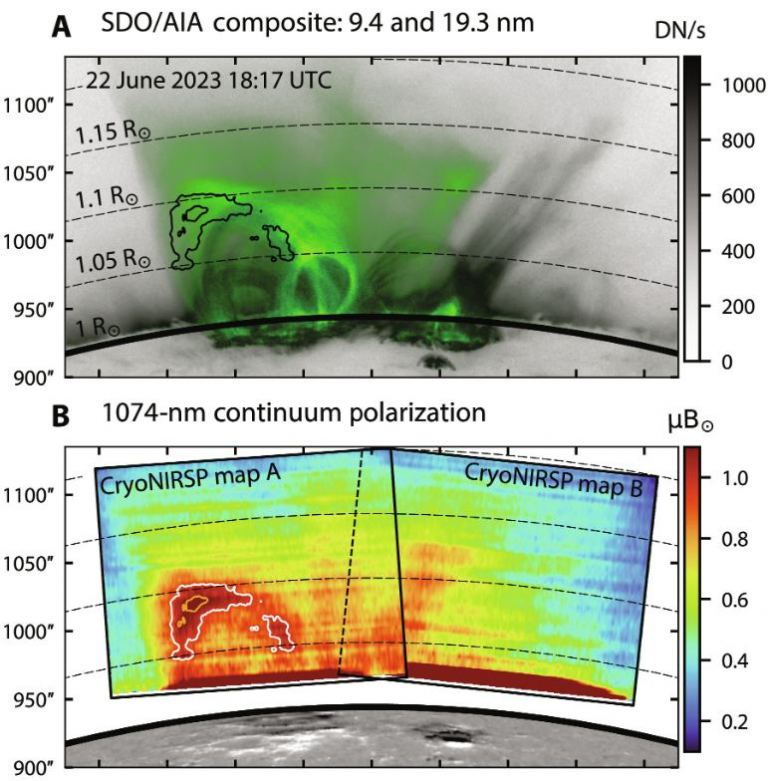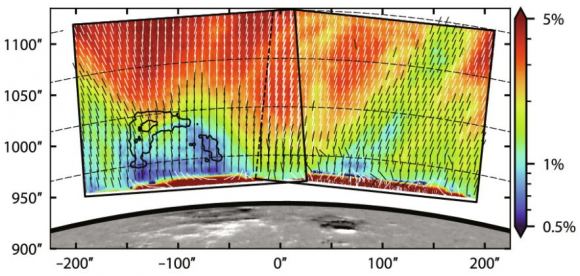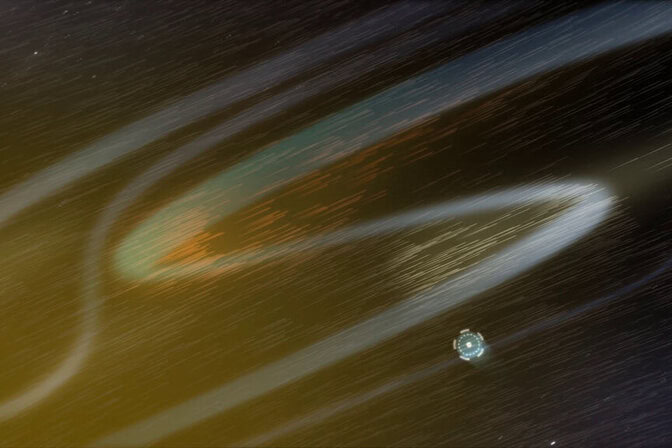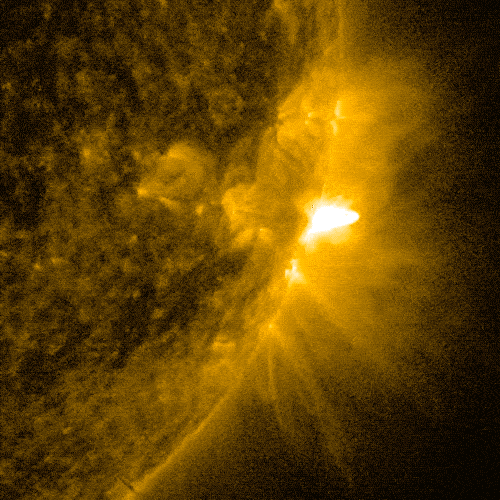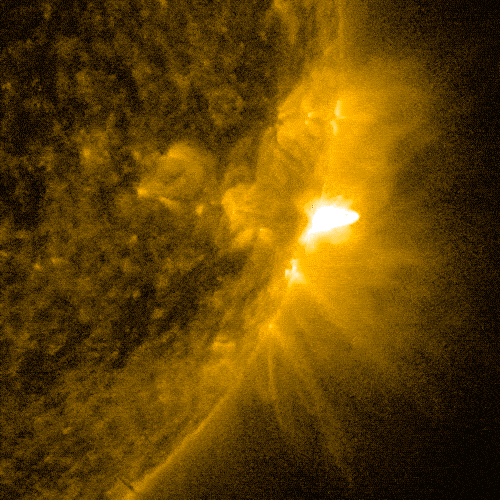Project Helianthus: Solar-Powered Geomagnetic Storm Tracker
Project Helianthus, an innovative initiative by researchers from Sapienza University in Rome and the Italian Space Agency, aims to provide an early warning system for geomagnetic storms using solar-powered detectors stationed in space. By utilizing solar sails to maintain their position, these detectors could give Earth 100 minutes of advance notice for fast-moving solar storms, significantly improving current warning times. The project showcases the potential of solar sail technology not only for this mission but also for future space exploration endeavors, though it still faces financial and engineering challenges before it can be realized.
Summary
- Solar storms are becoming more frequent due to the Sun’s activity, posing a threat to Earth’s infrastructure.
- Current warning systems for geomagnetic storms provide only a few minutes’ notice.
- Project Helianthus aims to place solar-powered detectors at a sub-L1 point, giving Earth 100 minutes of warning.
- The mission would rely on solar sails for station-keeping instead of traditional rockets.
- Electrochromic or liquid-crystal actuators will control the solar sails, making four station-keeping maneuvers per year.
- The Italian Space Agency is driving workforce development in solar sail technology through this project.
- The mission design includes lightweight instrumentation, such as coronographs and x-ray spectrometers.
- Helianthus also has potential applications for Earth-Mars transfer orbits.
- Financial backing and engineering work are still required for the project to proceed.
- The project’s success could pave the way for future solar sail missions and advancements in space exploration.
Project Helianthus: Solar-Powered Geomagnetic Storm Tracker
Solar storms, also known as geomagnetic storms, have captured the public’s attention in recent years, especially when auroras became visible in regions far from the poles. As the Sun enters a new cycle of increased activity, these storms are expected to become more frequent and intense, posing a significant threat to Earth’s technological infrastructure, including power grids, communication systems, and satellites. Unfortunately, current warning systems provide only a few minutes’ notice before a solar storm hits, leaving little time to mitigate its effects.
To address this challenge, a team of researchers from Sapienza University in Rome and the Italian Space Agency has proposed a groundbreaking solution: Project Helianthus. Named after the sunflower, Helianthus aims to deploy a series of solar-powered detectors in space, far from Earth, to provide much earlier warnings of impending geomagnetic storms. By utilizing advanced solar sail technology, these detectors could maintain their position without relying on rockets, offering a sustainable and efficient approach to space-based monitoring.
Geomagnetic storms are caused by disturbances in the Earth’s magnetosphere due to solar wind and solar flares. These storms can induce currents in power lines, disrupt satellite communications, and even affect aircraft operations. With the Sun entering a new cycle of heightened activity, the frequency and intensity of these storms are expected to increase, making it more critical than ever to develop reliable early warning systems.
Current systems, such as those operated by NOAA and other space agencies, provide only a few minutes’ notice of a storm. This limited warning time is due to the location of existing detectors, which are typically in Low Earth Orbit (LEO). At this range, the detectors can only observe the solar wind once it is already close to Earth, leaving little time to take protective measures.
Project Helianthus
Project Helianthus aims to revolutionize the way we detect and respond to solar storms by placing detectors at a point in space known as sub-L1. While the exact meaning of sub-L1 in this context is not fully explained, it likely refers to a position near the Sun-Earth Lagrange Point 1 (L1), approximately 1.5 million kilometers from Earth. This location would allow the detectors to observe solar wind and other solar activities well before they reach Earth, providing up to 100 minutes of warning for fast-moving storms.
One of the most innovative aspects of Project Helianthus is its reliance on solar sails for station-keeping. Solar sails use the pressure of sunlight (photons) to propel a spacecraft without the need for traditional fuel. This technology has been demonstrated in missions like NASA’s LightSail and Japan’s IKAROS, but Project Helianthus aims to take it a step further.
Key Components of Solar Sails:
| Component |
Description |
| Photons |
Particles of light that exert pressure on the sail. |
| Sail Material |
Ultra-thin, reflective material like Mylar or Kapton. |
| Booms |
Structures that deploy and maintain the sail’s shape. |
| Actuators |
Devices that adjust the sail’s orientation and position. |
To maintain its position at sub-L1, the Helianthus mission would use a large solar sail to counteract the gravitational pull of the Sun and Earth. However, because the mission aims to position the detectors closer to the Sun than Earth, traditional solar sailing methods would not work. Instead, the mission would use electrochromic or liquid-crystal actuators to adjust the sail’s reflectivity, allowing for precise control over the spacecraft’s position.
Mission Objectives and Instrumentation
The primary goal of Project Helianthus is to provide early warnings for geomagnetic storms by monitoring solar wind and solar flares from a distance. To achieve this, the mission would deploy several detectors equipped with advanced instruments, including:
- Lightweight Coronograph: Used to observe the Sun’s corona and detect solar flares.
- X-ray Spectrometer: Measures the energy and intensity of X-rays emitted by the Sun.
- Magnetometer: Detects changes in the magnetic field that could indicate an impending storm.
One of the most challenging aspects of the Helianthus mission is maintaining the detectors’ position at sub-L1 without using rockets. Traditional spacecraft rely on fuel-powered thrusters for station-keeping, but this adds significant weight and complexity to the mission. Instead, Project Helianthus would use solar sails combined with electrochromic or liquid-crystal actuators to make periodic adjustments to the spacecraft’s position.
Station-Keeping Maneuvers
| Maneuver Type |
Frequency |
Purpose |
| Yaw Adjustment |
Twice per year |
Aligns the sail with the Sun’s rays. |
| Pitch Adjustment |
Once per year |
Adjusts the sail angle to maintain position. |
| Roll Adjustment |
Once per year |
Balances the spacecraft’s orientation. |
These maneuvers would be performed approximately four times per year, ensuring that the detectors remain in their optimal position to monitor solar activity. The use of solar sails for station-keeping not only reduces the mission’s reliance on fuel but also extends its operational lifespan, making it a more sustainable option for long-term space monitoring.
Broader Implications for Space Exploration
The success of Project Helianthus could have far-reaching implications for future space exploration. The use of solar sails for station-keeping and propulsion opens up new possibilities for missions that require long-duration station-keeping or deep-space exploration. For example, the same technology could be used to create an Earth-Mars transfer orbit, significantly reducing the time and cost required for interplanetary travel.
Moreover, the development of lightweight, efficient instruments like those used in Helianthus could lead to more compact and cost-effective spacecraft designs. This, in turn, could make space exploration more accessible to a broader range of countries and organizations, accelerating the pace of discovery and innovation in the field.
Challenges and Future Prospects
Despite its potential, Project Helianthus still faces significant challenges before it can become a reality. While some prototypes of the mission’s instrumentation have been built, there is still a considerable amount of engineering work required to develop a fully functional solar sail system capable of station-keeping at sub-L1.
Additionally, the mission requires substantial financial backing to proceed. As of now, it is unclear whether the Italian Space Agency has secured the necessary funding to bring Project Helianthus to fruition. However, the project has already attracted interest from the scientific community, and its success could pave the way for future solar sail missions and other innovative space exploration endeavors.
Conclusion
Project Helianthus represents a bold and innovative approach to tackling the growing threat of geomagnetic storms. By leveraging the power of solar sails and advanced instrumentation, the mission aims to provide much-needed early warnings for solar storms, giving humanity more time to prepare for and mitigate their effects. While the project still faces technical and financial hurdles, its success could revolutionize our ability to monitor and respond to space weather, ushering in a new era of sustainable and efficient space exploration.
References
- Boni et al. – Structural response of Helianthus solar sail during attitude maneuvers.
- Vupetti et al. – ASI solar sail roadmap for cislunar space activities.
Hashtags
#SolarStorms, #ProjectHelianthus, #SolarSails, #SpaceExploration, #GeomagneticStorms, #SpaceWeather, #Innovation, #Science, #Technology

